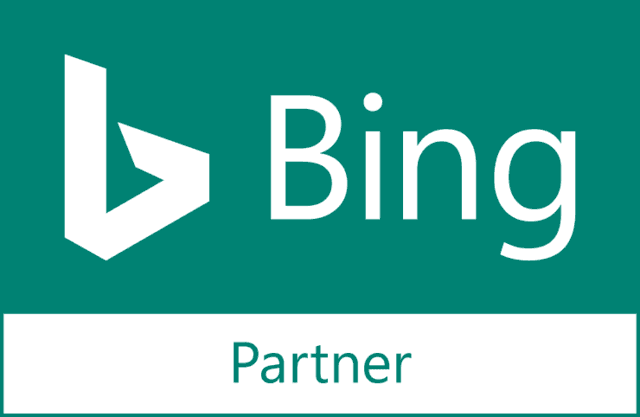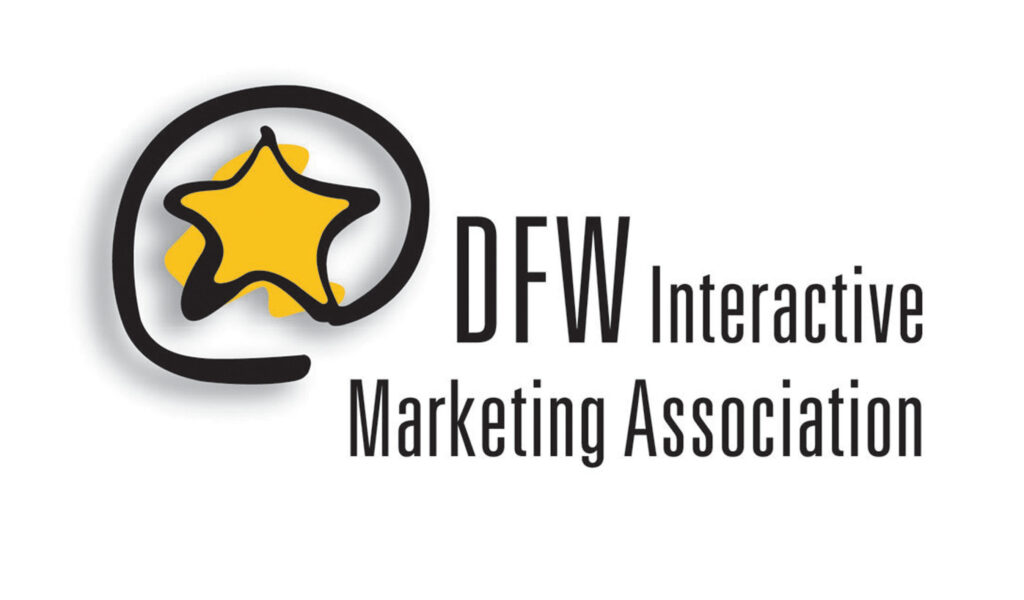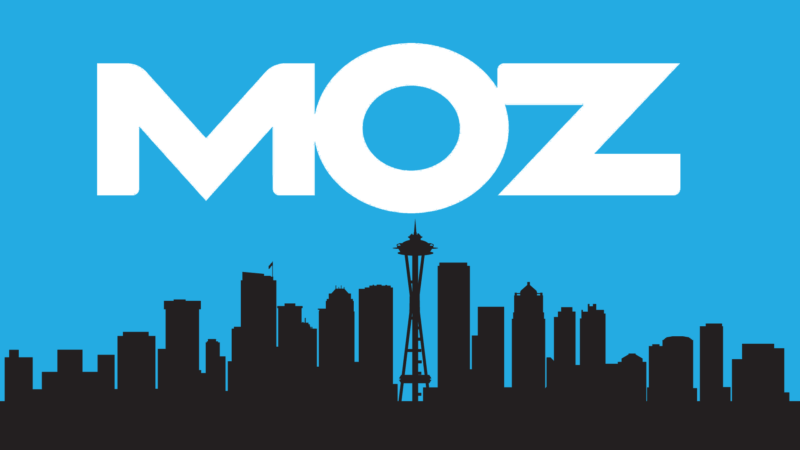One of the world’s leading social media apps, WhatsApp, remains largely inaccessible to digital advertisers. This is a disservice to both users of the app (who would benefit from an improved online experience) and to digital marketers (who currently have a limited viewpoint on their campaigns).
WhatsApp is a leading platform for content sharing
North American ad managers might be surprised at the reach of WhatsApp, which boasts 175 million users in 180 countries. For perspective, this equates to the same amount of Instagram users in the entire United States. Why is this communication app so popular?
In Latin America, for example, where cellular companies did not offer free text messages in the past, WhatsApp became the best option to communicate with friends and family because the user only needs a basic data plan or a Wi-Fi connection to use it. WhatsApp is not only used as a one-on-one communication tool, it is also used to create chat groups, which is the app’s most popular feature. Chat groups allow you to communicate with people with common interests and share links, photos, and videos.
The average WhatsApp user is a member of dozens of groups and receives hundreds (if not thousands) of messages per day, which makes tracking shared content even more important. And while WhatsApp is not as popular for Americans specifically, WhatsApp is a leading social media channel on the global market. Therefore, the scope of its reach cannot be ignored by digital media strategists.
Concerns about privacy
WhatsApp is primarily a texting and calling app, meaning that it functions as a content-sharing platform for its users. Advertisers have as much to gain from accessing its data as they do from understanding what content users are sharing on Facebook, Instagram, or TikTok.
While Facebook (who purchased WhatsApp in 2014) has made efforts to provide advertisers with data through the WhatsApp Business App, WhatsApp asserts clearly in their guidelines that the app “does not share data for improving Facebook products on Facebook and providing more relevant Facebook ad experiences.” This is a result, the terms claim, of discussions with Data Protection Authorities in Europe.
While concerns about privacy are understandable, advertisers are not wanting or needing to read private conversations, which seems to be what the conversation around privacy always implies.
Advertisers simply want to understand how their content is being shared in the app, the same as every other social media platform. As it currently stands, advertisers have no way of knowing how big of a reach their content is getting through WhatsApp conversations. This is a huge missing puzzle piece in the overall picture of a digital marketer’s understanding of their efforts.
Even just “shares and clicks” would work wonders
Even data as rudimentary as the number of shares of a URL, and how many click-throughs there are on that link, would do wonders for advertisers trying to make sense of their reach via WhatsApp.
While UTM codes on URLs can work in the app, that feature is severely limited in its ability to measure the reach of content not directly influenced by an advertising campaign (the equivalent of digital “word of mouth” via text conversations is what advertisers would be after).
Call to action for Facebook
WhatsApp impressions and reach are a blind spot in the advertiser’s toolbox that should no longer be tolerated. WhatsApp is one of the leading social media apps in the world, and digital marketers desperately need to understand their influence in that space.
Facebook should work to strike a better balance between privacy concerns for their users, and pulling back the curtain for advertisers – because right now, global digital marketers are completely in the dark.





